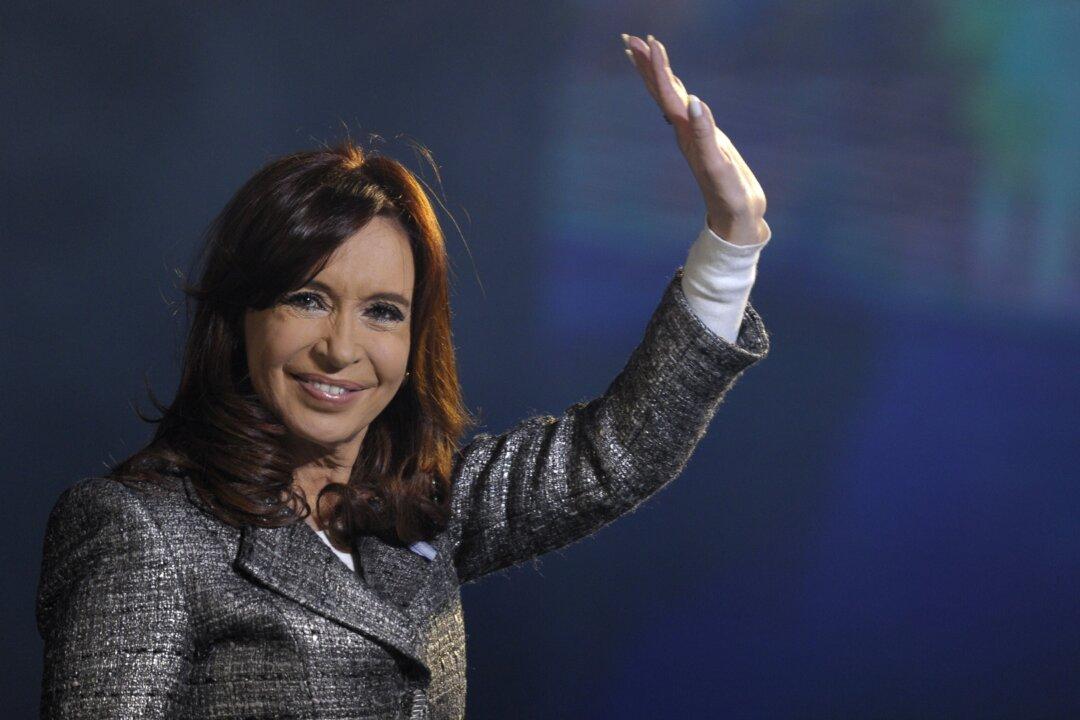Argentina’s open presidential primary is over, and the stage is now set for its election in October. With the current president, Cristina Fernández de Kirchner, constitutionally barred from running again, the autumn poll looks set to be a fight between Argentina’s two main political coalitions.
On the left is Daniel Scioli, the current governor of Buenos Aires Province, who leads the official Peronist party Front for Victory. He is Fernández de Kirchner’s candidate of choice, though has stayed shy of taking on an explicitly Kirchnerist political identity. On the right is the current mayor of Buenos Aires, Mauricio Macri; he heads a coalition of strange bedfellows called “Cambiemos” (Let’s Change), which comprises Macri’s conservative Republican Proposal party, social democrats, and the Radical Civic Union.
